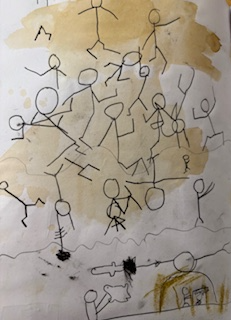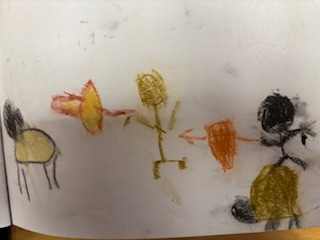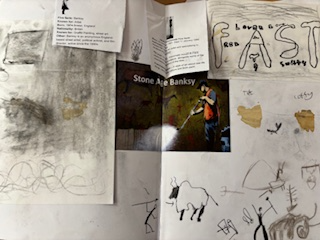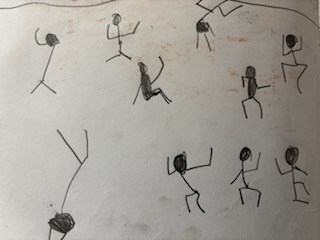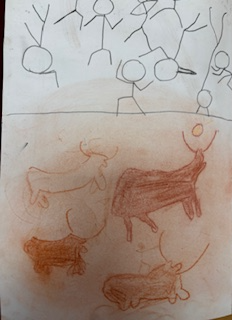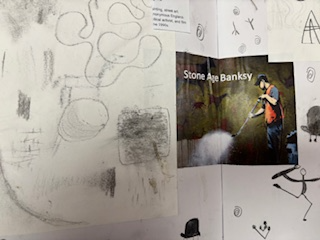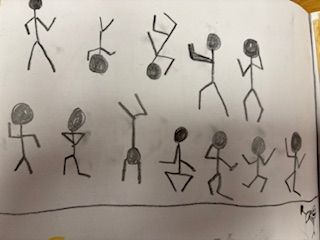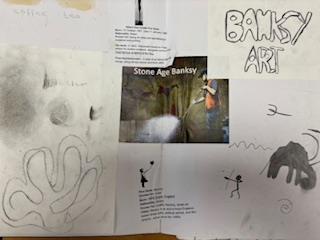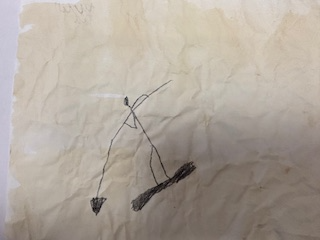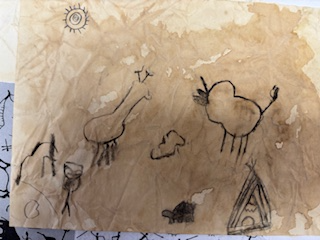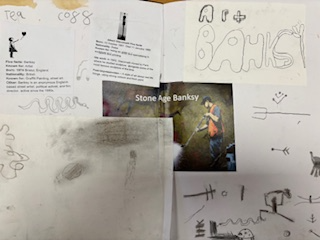Year 6 Magical Dragon Eyes!
Year 6 got creative this week making dragon eyes with Model Magic! They carefully shaped their designs, adding texture and detail to make each one unique. Once the clay had set, they used felt tips to blend amazing colours — from fiery reds to shimmering greens and deep blues.
The results were fantastic — a whole gallery of watchful, magical dragon eyes staring back at us! Well done, Year 6!
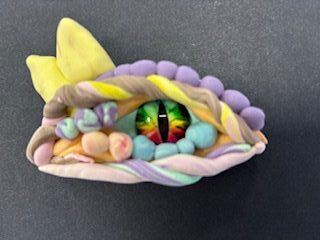
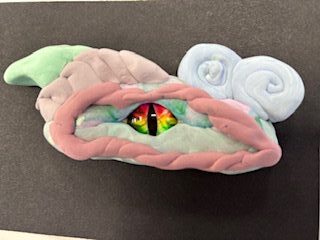
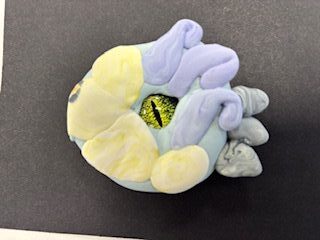
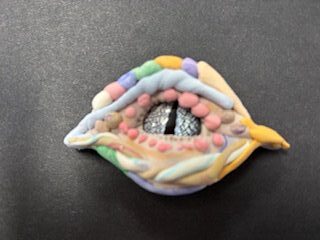
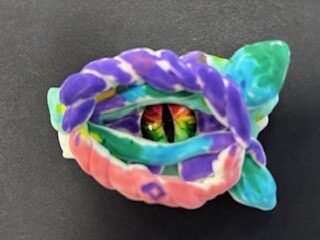
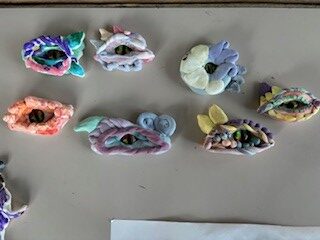
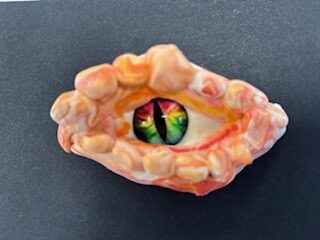
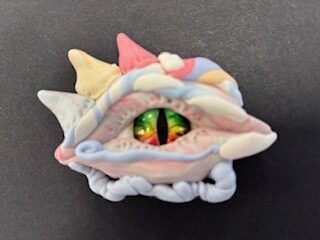
Year 3 Shiny Giacometti Sculptures!
This week in Art, Year 3 became mini sculptors! We found out about the artist Alberto Giacometti, who was famous for his tall, thin figures that look like they’re caught mid-movement.
We started by practising with pipe cleaners, bending and twisting them into different action poses. Some were doing handstands, others were running, sitting, or even scoring a winning goal!
Once we’d mastered our poses, we created our final sculptures using tin foil. It was amazing to see how a simple material could turn into such expressive figures! Our classroom soon filled with shiny people frozen in action — just like real Giacometti artworks.
Everyone showed fantastic creativity and concentration. Well done, Year 3 — your sculptures are absolutely brilliant!
Mrs Pearson says:
“I’m so proud of Year 3. You challenged yourselves, worked carefully, and your tin foil figures are full of energy and personality. What a super gallery of shiny sculptures!”
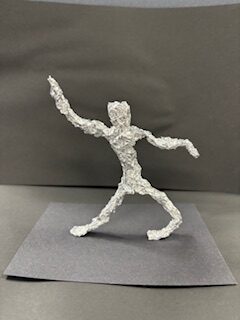
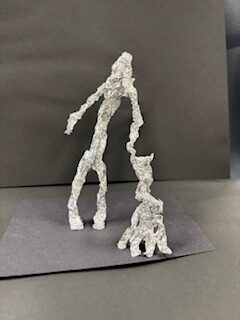
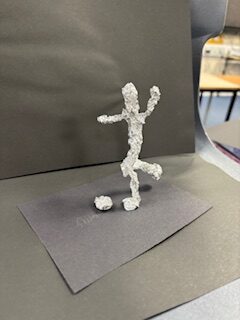
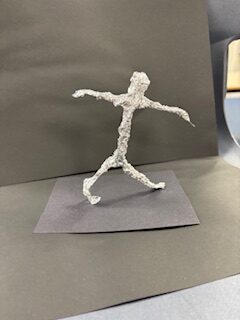
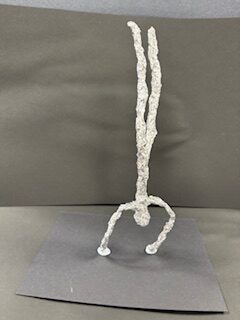
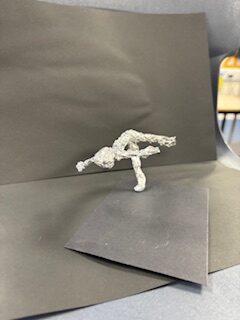
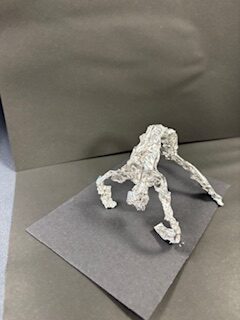
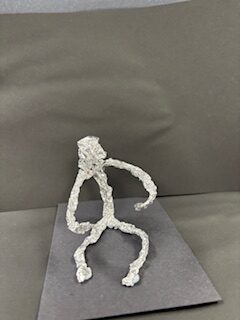
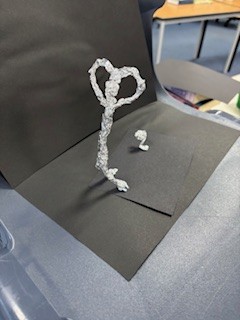
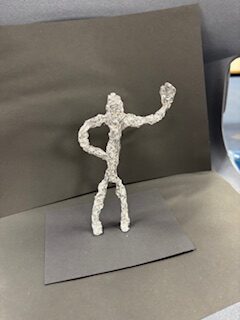
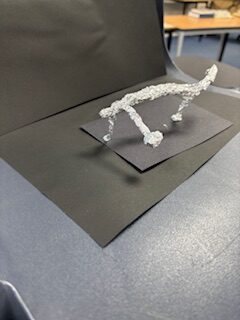
Diwali 2025
To celebrate Diwali, the Festival of Lights, our Year 2 children explored the meaning and traditions of this special festival, which is celebrated by millions of people around the world.
The children learned that Diwali is a time for joy, light, and togetherness. Families decorate their homes with diyas — small oil lamps — to symbolise the triumph of light over darkness and good over evil.
Using their colouring and collage skills, the children designed and decorated their own beautiful Diya lamps. They experimented with bright colours, tissue paper, sequins, and patterns, creating artwork that reflects the vibrancy and excitement of Diwali celebrations.
Each Diya is unique, just like the children who made them — together they create a glowing display of creativity, happiness, and learning.
✨ Happy Diwali!✨
This year Diwali starts on 21st Oct 2025 and lasts for 5 days
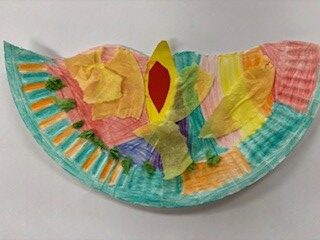
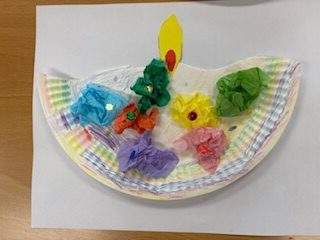
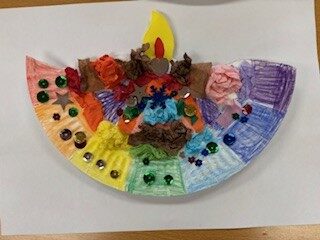
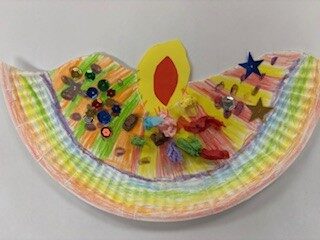
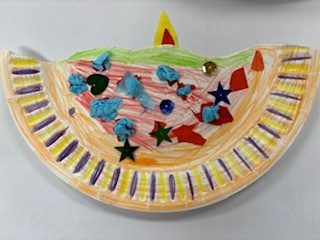
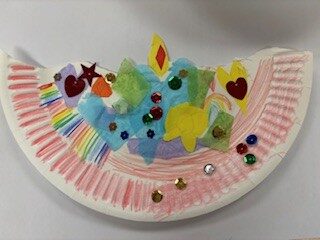
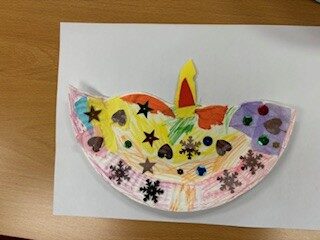
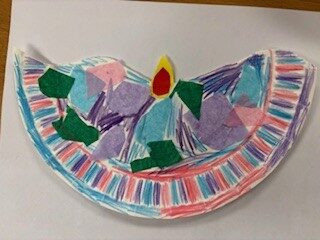
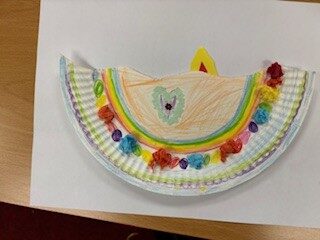
Festivals of colour and gratitude Year 2
Harvest Festival Art: Fruit and Pumpkin Creations
To celebrate the Harvest Festival, our Year Two children created stunning artworks inspired by Helen Cooper’s book Pumpkin Soup and the fruit paintings of artist Dennis Wojtkiewicz.
They drew pumpkins, kiwifruits, and watermelon slices, using chalk and oil pastels to explore colour blending, shading, and texture. The children worked carefully to capture the rich tones and natural beauty of harvest produce.
Their vibrant creations are a joyful celebration of autumn, creativity, and thankfulness. I’m so proud of their wonderful work!
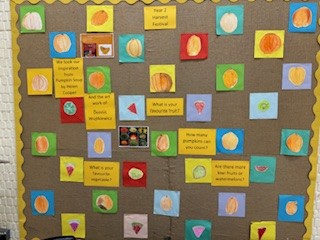
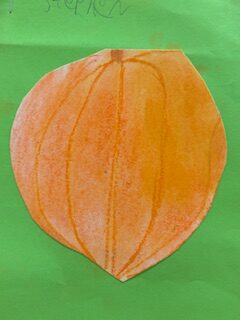
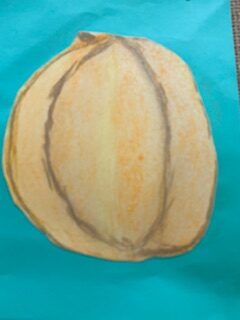
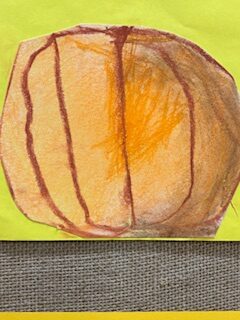
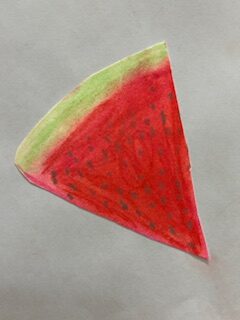
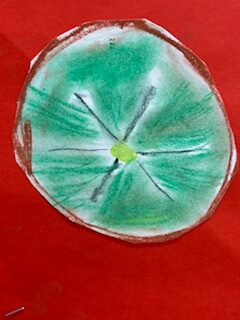
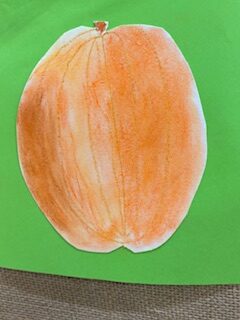
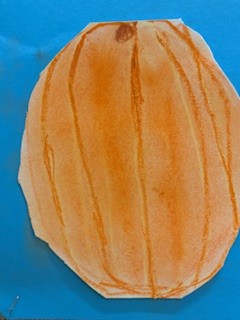
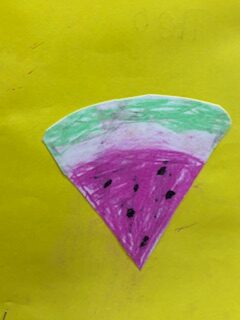
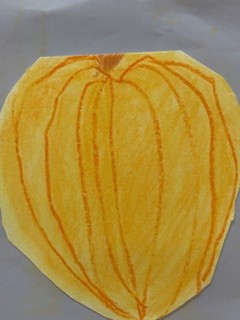
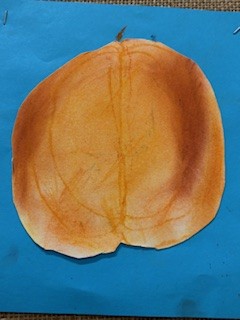
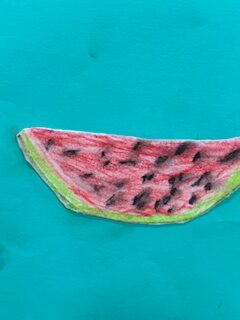
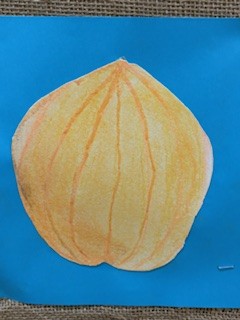
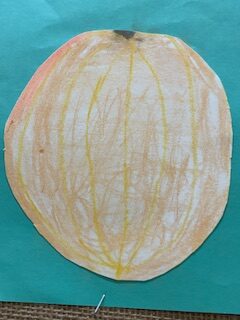
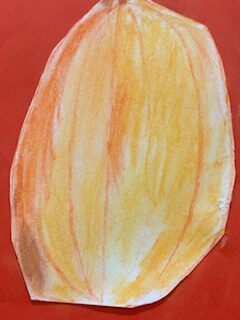
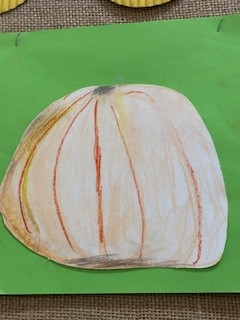
Year One – Bears, Bears everywhere!
Our Old Bear Creations
Inspired by Jane Hissey’s beloved Old Bear stories, our Year One children designed and painted their very own bears! They carefully used paint and experimented with adding darker tones to create realistic fur textures.
Each bear has its own personality and charm — just like the characters from the stories. I’m so proud of the children’s creativity, care, and attention to detail in their beautiful artwork!
Can you spot the bear trying to escape from the display?
One ‘cheeky’ bear even got themselves put on to Mr Crozier’s ‘Celebrating Success’ board!
Which bear is your favourite? It’s hard to choose, isn’t it?
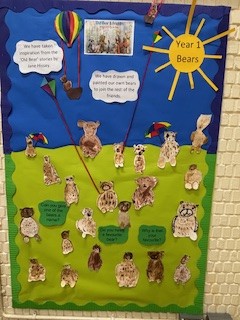
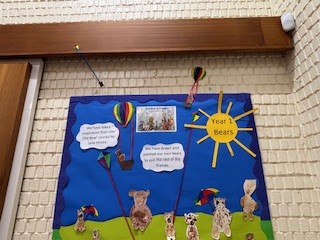
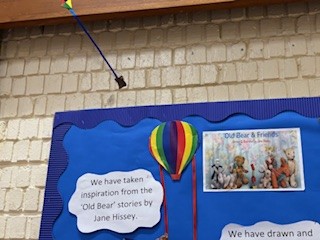
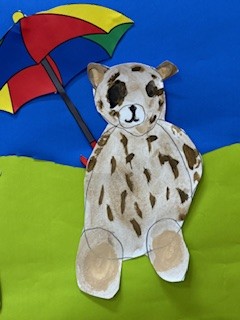
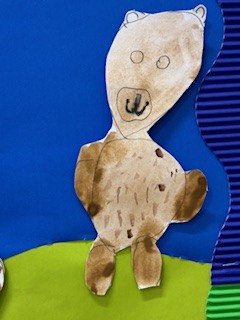
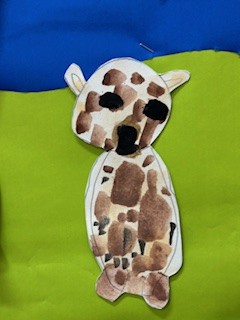
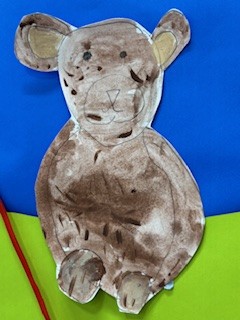
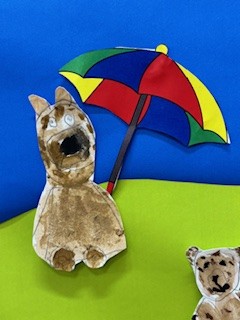
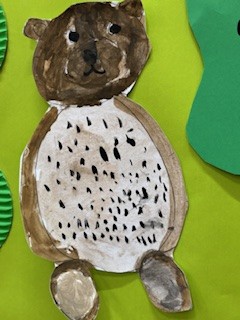
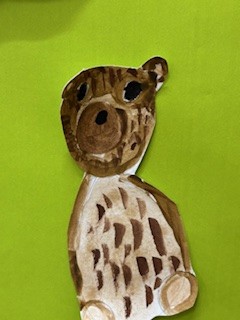
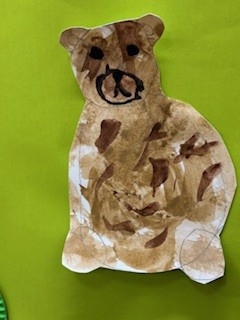
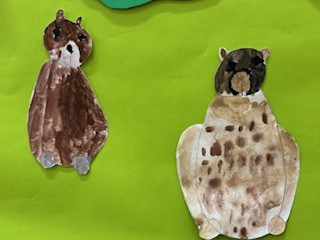
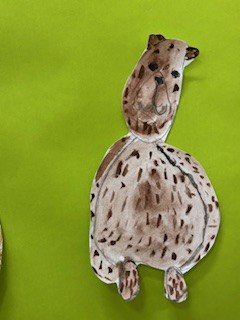
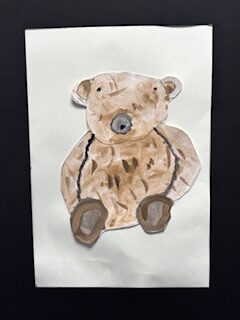
Sensational Spring Artwork
We have been creating amazing artwork throughout the school this term. Here is just a selection of the work produced .
Year 6 were learning about Baghdad during their Geography and History lessons,. Therefore during our art lessons we focused on the architecture of Ancient and modern Baghad. The children created these wonderful dioramas








Year 5 have been learning about the Solar System, so we looked at the space artwork of Julie Perrot. We then experimented with marbling, both with shaving foam and ink and water with ink. The children then used their marbled papers, along with oil pastels and chalk pastels to created the collage space pictures that really are out of this world!


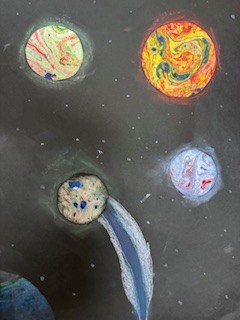









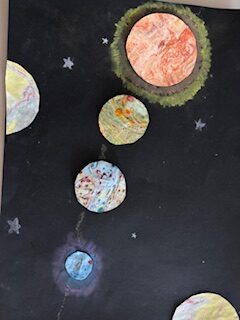


Year 6 Greeks
Our project during the Autumn term took it’s inspiration from the Ancient Greeks. We focused on their theatres – both the architecture of the theatre and then the masks worn by the actors while performing.
We looked at the different styles of columns that were the main feature of many of their buildings during this time. We explored drawing the different columns, thinking about the sketching pencil we were using and how to create light and shade on our columns. We used a Sharpie to add definition.
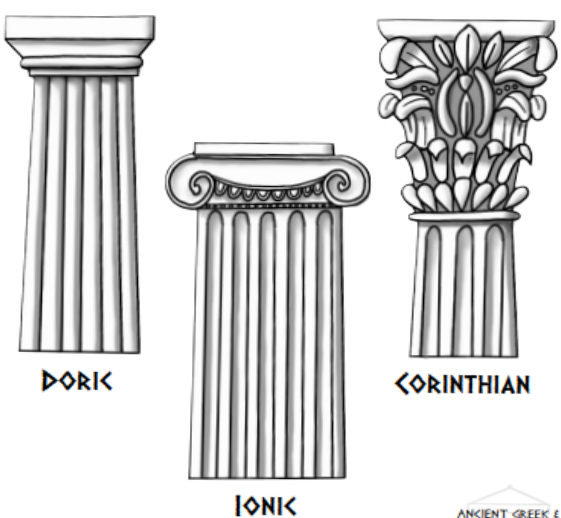
We had great fun while experimenting with marbling, using shaving foam, which while creative, also had an element of science to it. I particularly loved the WOW factor this lesson had!
Using the marbled paper the children then drew their preferred column onto it and cut it out before mounting it onto card. They were very eye-catching and looked beautiful.
After being ‘architects’ we turned our attention to inside the theatre and concentrated on the masks used by the actors. These were often larger than life with exaggerated expressions and were a piece of art on their own. We used cardboard and Papier Mache before painting them…. Here a just a selection – can you see the expression each mask represents?
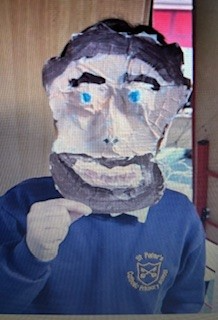

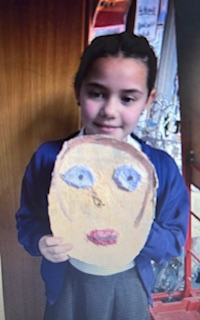


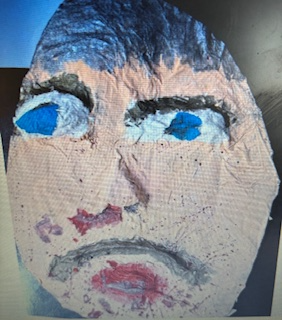


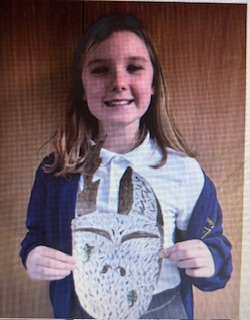

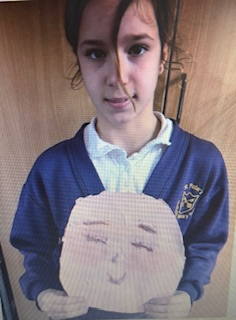

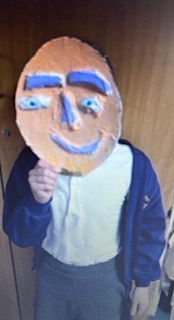
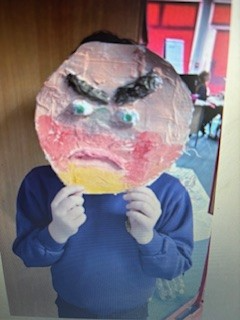
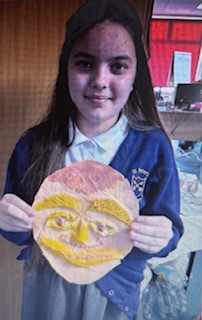
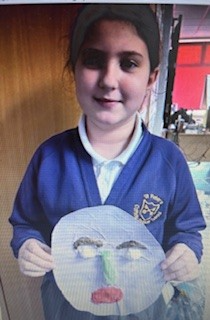


Year 5 Down in the tube station at midnight.
During the Autumn term the children learnt about the artist Henry Moore.
He was an artist who was commissioned to draw and paint pictures of Britain during WWII. He used a variety of media including pencils, charcoal wax and paints.
His work inspired the children to create their own paintings of life during air raids, underground in the tube station of London. Using a range of techniques that he used, including wax resist and one point perspective.
The children then looked at his sculptures and identified key features about them. They talked about where the light fell on the sculpture and did an observational drawing of it.
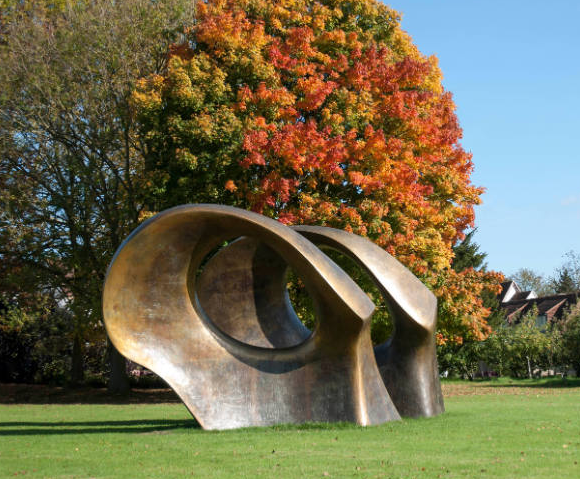

The children then created their own clay sculpture of a WWII person, in the style of Henry Moore. Once dry they mixed their own metallic paint to make their sculpture look more authentic.


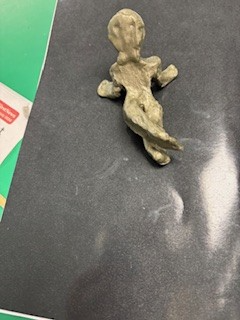

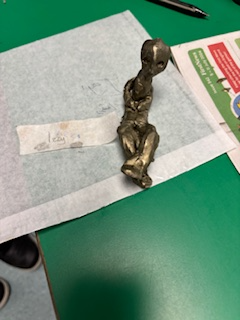






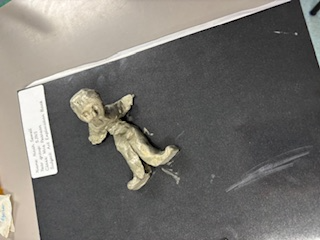
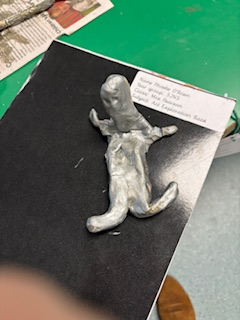
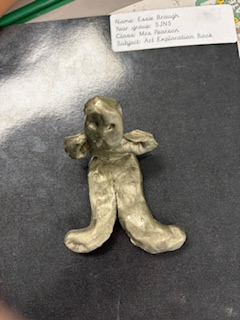
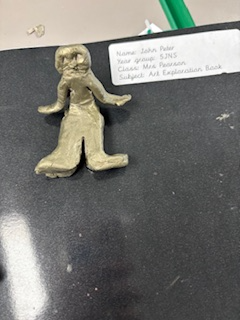
Year 4 Crafty Anglo Saxons
After we had created our Anglo Saxon jewellery we decided to learn about contemporary jewellery and we studied the jewellery designers Tiffanys. In recent years they have created designs from Disney to Christmas themed charms and ornaments. This inspired the children to create their own novelty jewellery and ornaments, using polymer clay. I was astounded by their endeavours as I’m sure you will be. It would be too big a challenge to chose a favourite!


For our Autumn project, we looked at the Anglo Saxons and in particular their crafts people. We focused on their jewellery and the materials and techniques that they used to create it. Some of the most interesting Anglo-Saxon items are in The Beaney House of Art & Knowledge in Kent. In their vast collection are items of jewellery dating from the 5th to 8th centuries. At that time the Kingdom of Kent was wealthy, well connected and known for its outstanding craftsmanship.
We started by choosing one of our favourite pieces from the collection and doing an observational drawing of it. After that we noted key features of Anglo Saxon jewellery, such as their use of symmetry, garnets and geometric shapes and drew and design of our jewellery. We then made our jewellery, using cardboard, tin foil and bronze paint. We were excited and thrilled with our final pieces of jewellery…. don’t you think that they are fantastic too?

































Year 3 Stone Age Bansky
The children looked at a variety of graffiti and street art and I posed the question, ‘Is street art like Banksy does a new form of art? After a discussion the children were shown a various cave paintings and we established that early humans may have used art as a way of helping themselves in their struggle for survival. Paintings of animals on cave walls were common. Perhaps this was thought to bring success when hunting or may have acted as a call for help from a spirit world the people believed in.
We then learnt about the sculpture Alberto Giacometti and experimented creating sculptures of cave men and women. First we used pipe cleaners and then moved on to creating people out of tin foil and painting them with a bronze paint. The was a challenging skill to master, but the children showed great resilience and perseverance and it paid of as the results were amazing!































The children then experimented with creating papers stained with tea and coffee to make them look like cave and used different media such as charcoal, paint, and coloured pencils to create their own cave paintings and ‘stories’. The children also used sand paper to replica the texture of the caves. We used our Art Exploration books as we experimented and were able to see which media we preferred and why. What do you think?

